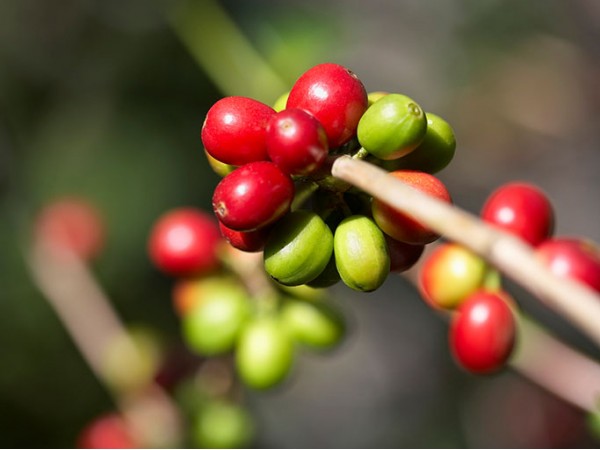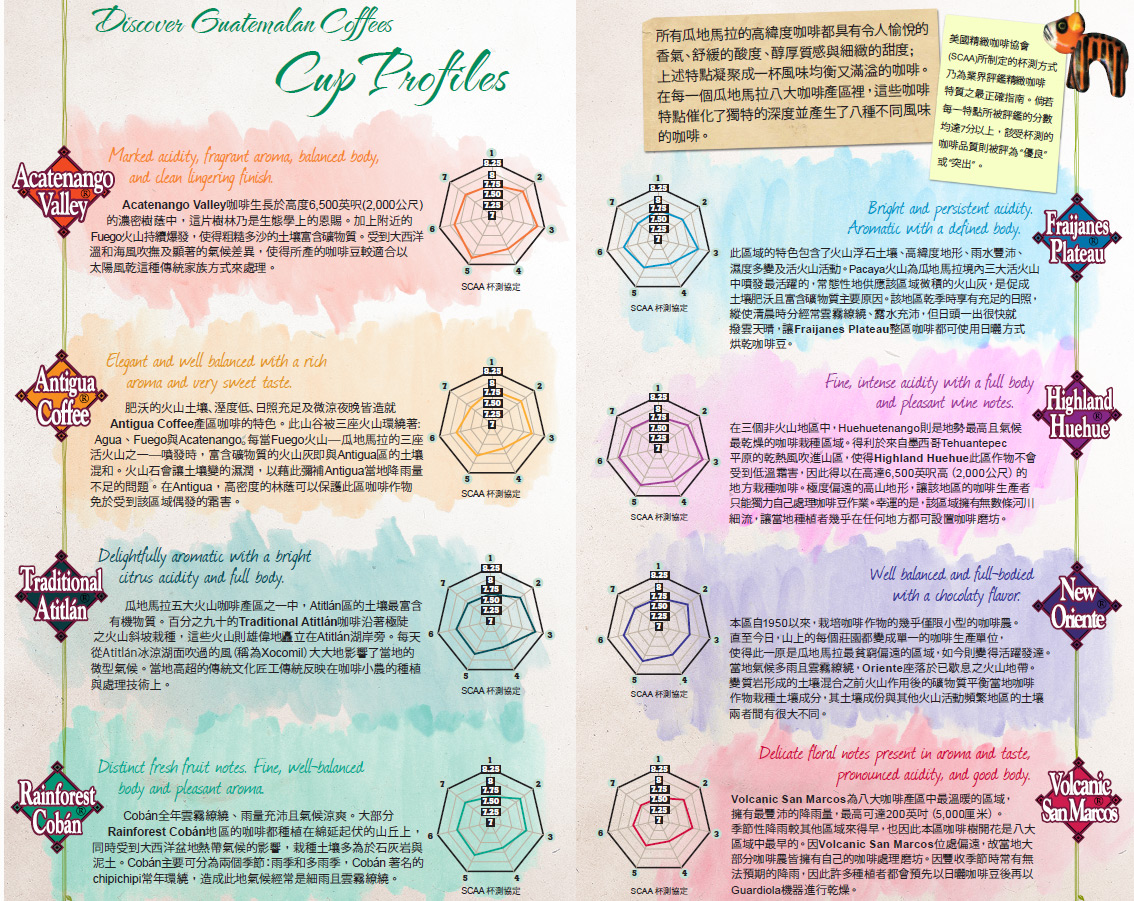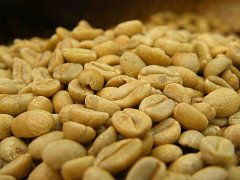A brief history of coffee in Guatemala and a small profile of coffee graded by elevation What are the characteristics of Guatemala

For professional baristas, please follow the coffee workshop (Wechat official account cafe_style)
Guatemala is only three times the size of Taiwan.
However, it is rich in natural resources, which makes Guaguo coffee very amorous.
The common tonality is elegant and lively, clean and layered.
With green malic acid, jasmine, orange peel, green pepper, cocoa, some finish will have a strong smoky flavor.
Diverse and rich regional taste, ever-changing charming aroma
Surprisingly, almost half of them are boutique beans (45% belong to boutique grade).
What kind of style can make always high-quality coffee?
In addition to one's own qualifications, there is also a process of hard work.
A brief history of coffee in Guatemala:
The earliest literature points out that Guatemala knew how to grow and drink coffee as early as 1747.
In 1845, with the establishment of the Coffee planting and Promotion Committee, coffee became an important cash crop in the region.
With the vigorous promotion of the government, coffee accounted for 90% of Guatemala's total export in 1880.
In order to achieve greater production, the authorities targeted the aboriginal land, forcing them to sell the land and move to more barren places.
The second exploitation came from large enterprises during the Great Depression of the global economy in 1930.
Jorge Ubico, the authority, strives to reduce costs in order to stimulate the export market.
At the same time, it also transfers more power and land to the United Fruit Enterprise Center (UFC) in the United States.
After Jorge Ubico stepped down, the incoming president, Arbenz, wanted to reclaim some land in UFC and redistribute it to farmers.
In 1954, the Arbenz government was overthrown by a coup launched by CIA of the CIA.
Poverty, uneven distribution of land, famine, discrimination against indigenous peoples and other factors led to civil war (1960 Murray 1966)
However, these problems still exist today.
Guatemala Coffee Mini File:
In terms of the main varieties of coffee, 98% is Arabica, but there are still 2% robusta varieties.
The treatment method is mainly washing and a small amount of it is in the sun. It is currently the 10th largest coffee producer in the world.

Guatemala altitude classification:
Like many Central American and Central countries, Guatemala has its own growth altitude classification:
Prime: plant 750 Murray 900 meters above sea level.
Extra Prime: planted at an altitude of 900 Murray 1050 meters.
Semi Hard Bean: plant 1050m above sea level. 1220m.
Hard Bean (HB): planted at 1220m above sea level in Murray 1300m.
Strictly Hard Bean (SHB): planted above 1300 meters above sea level.
Guatemalan coffee features:
Guatemala also has tropical rain forests, volcanic geology, plateau valleys and ever-changing microclimate.
Plus several rainfall patterns and fertile soil
It makes Guatemalan coffee varied in style and rich in tonality.
There are slender, elegant, sweet, fruity, but also more complex, rich, rich, with chocolate, toffee aromas.
Generally speaking, there are five major producing areas:
Vivette Nanguo (Huehuetenango): the highest altitude, less rainfall, late ripening, fruit and flower aroma, recognized as the best coffee producing area.
Antigua: dry climate, sweet coffee with nutty, spicy and cocoa flavors.
Coban: rain forest area, high rainfall and humidity, coffee taste is thick, with fruit and spicy aromas.
Atotlan: can be called the classic of Guatemala, with lemon, chocolate aromas, but also a thick taste.
Acatenango: hot climate and fertile volcanic soil, where coffee acidity and layers are relatively rich.
Important Notice :
前街咖啡 FrontStreet Coffee has moved to new addredd:
FrontStreet Coffee Address: 315,Donghua East Road,GuangZhou
Tel:020 38364473
- Prev

Ethiopia Yegashefi Chelba Chaloba Cooperative introduction Sun Yega detailed description
Professional barista exchanges please follow the coffee workshop (Wechat official account qianjiecoffee) Ethiopia is the country where coffee was first discovered, in terms of coffee quality and output, Ethiopia is still the most important producing country and the best, coffee is mostly the traditional Arabica species, the annual output is about 350000 tons and more than 70% are exported to countries around the world, about 15 million people in the country are engaged in coffee
- Next

What's so special about the most blessed coffee producing area in Guatemala?
Communication of professional baristas Please follow the coffee workshop (official account cafe_style of Wechat) what we want to introduce to you today are the coffee beans from Guatemala / Wechat. Why is this producing area special? Because it is one of the few producing areas located on the plateau (the highest elevation is 2000 Meter), but it is not a volcanic area. The soil is limestone. Not volcanic ash soil.
Related
- Detailed explanation of Jadeite planting Land in Panamanian Jadeite Manor introduction to the grading system of Jadeite competitive bidding, Red bid, Green bid and Rose Summer
- Story of Coffee planting in Brenka region of Costa Rica Stonehenge Manor anaerobic heavy honey treatment of flavor mouth
- What's on the barrel of Blue Mountain Coffee beans?
- Can American coffee also pull flowers? How to use hot American style to pull out a good-looking pattern?
- Can you make a cold extract with coffee beans? What is the right proportion for cold-extracted coffee formula?
- Indonesian PWN Gold Mandrine Coffee Origin Features Flavor How to Chong? Mandolin coffee is American.
- A brief introduction to the flavor characteristics of Brazilian yellow bourbon coffee beans
- What is the effect of different water quality on the flavor of cold-extracted coffee? What kind of water is best for brewing coffee?
- Why do you think of Rose Summer whenever you mention Panamanian coffee?
- Introduction to the characteristics of authentic blue mountain coffee bean producing areas? What is the CIB Coffee Authority in Jamaica?

